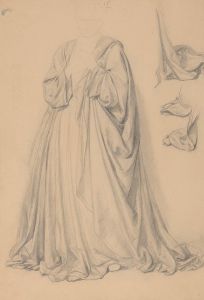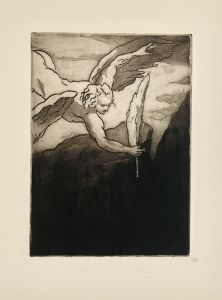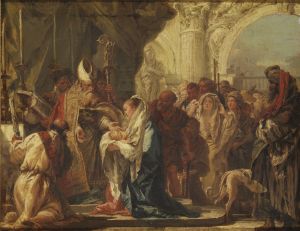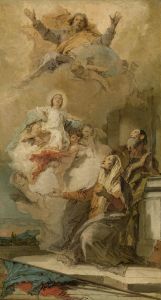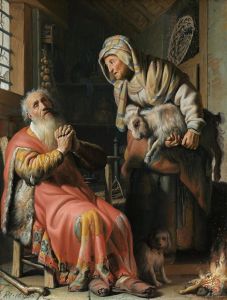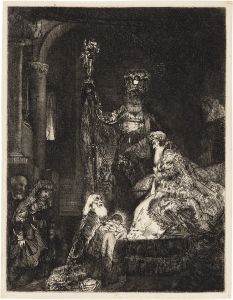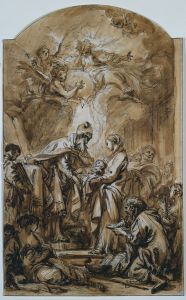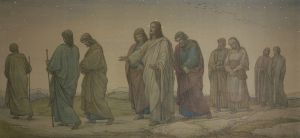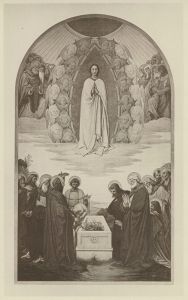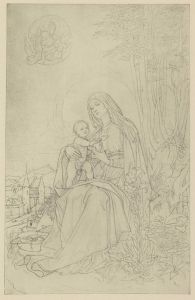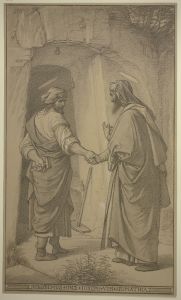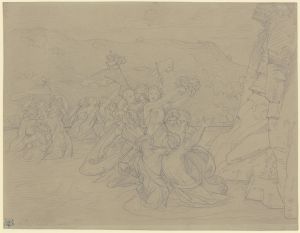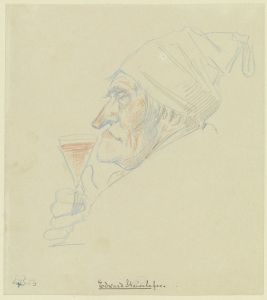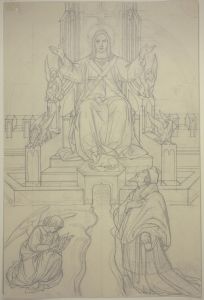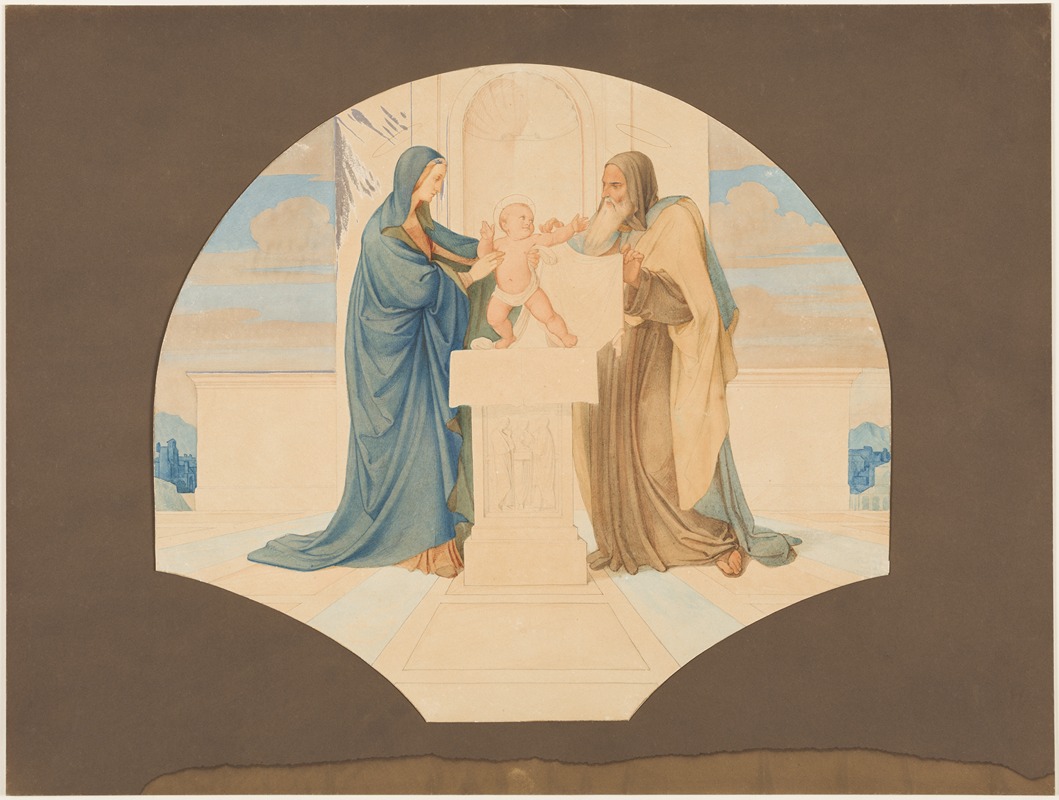
Darstellung Jesu im Tempel – Selig, die reinen Herzens sind
A hand-painted replica of Eduard von Steinle’s masterpiece Darstellung Jesu im Tempel – Selig, die reinen Herzens sind, meticulously crafted by professional artists to capture the true essence of the original. Each piece is created with museum-quality canvas and rare mineral pigments, carefully painted by experienced artists with delicate brushstrokes and rich, layered colors to perfectly recreate the texture of the original artwork. Unlike machine-printed reproductions, this hand-painted version brings the painting to life, infused with the artist’s emotions and skill in every stroke. Whether for personal collection or home decoration, it instantly elevates the artistic atmosphere of any space.
Eduard von Steinle was a prominent 19th-century German painter, known for his contributions to the Nazarene movement, which sought to revive honesty and spirituality in Christian art. One of his notable works is "Darstellung Jesu im Tempel – Selig, die reinen Herzens sind," which translates to "Presentation of Jesus in the Temple – Blessed are the Pure in Heart." This painting reflects Steinle's deep religious conviction and his dedication to depicting biblical themes with sincerity and devotion.
The Nazarene movement, which Steinle was a part of, emerged in the early 19th century as a reaction against the perceived superficiality of contemporary art. The Nazarenes aimed to return to the purity and spirituality of medieval and early Renaissance art, drawing inspiration from artists such as Raphael and Fra Angelico. Steinle's work is characterized by its clear lines, harmonious composition, and a focus on religious and moral themes, all of which are evident in "Darstellung Jesu im Tempel."
The painting depicts the biblical scene of the Presentation of Jesus at the Temple, an event described in the Gospel of Luke. According to the narrative, Mary and Joseph brought the infant Jesus to the Temple in Jerusalem to present him to the Lord, as was customary under Jewish law. During this event, they encountered Simeon, a devout man who had been promised by the Holy Spirit that he would not die before seeing the Messiah. Upon seeing Jesus, Simeon recognized him as the Savior and uttered the Nunc Dimittis, a hymn of praise.
Steinle's depiction of this scene is marked by its attention to detail and its emphasis on the spiritual significance of the event. The composition likely includes key figures such as Mary, Joseph, the infant Jesus, and Simeon, each rendered with a sense of reverence and dignity. Steinle's use of light and color would typically serve to highlight the divine nature of the scene, drawing the viewer's attention to the central figures and the sacred moment being portrayed.
The subtitle of the painting, "Selig, die reinen Herzens sind" ("Blessed are the Pure in Heart"), is a reference to the Beatitudes from the Sermon on the Mount in the Gospel of Matthew. This phrase underscores the painting's theme of purity and spiritual insight, suggesting that those who are pure in heart, like Simeon, are able to recognize the divine presence in the world.
Steinle's work, including "Darstellung Jesu im Tempel," is celebrated for its ability to convey deep religious feeling and its adherence to the principles of the Nazarene movement. His paintings are often seen as a bridge between the medieval artistic traditions he admired and the modern world in which he lived, offering a vision of art that is both timeless and deeply rooted in faith.
While specific details about the painting's current location or its exhibition history may not be widely documented, Eduard von Steinle's contributions to religious art remain influential, and his works continue to be studied and appreciated for their spiritual depth and artistic integrity.





